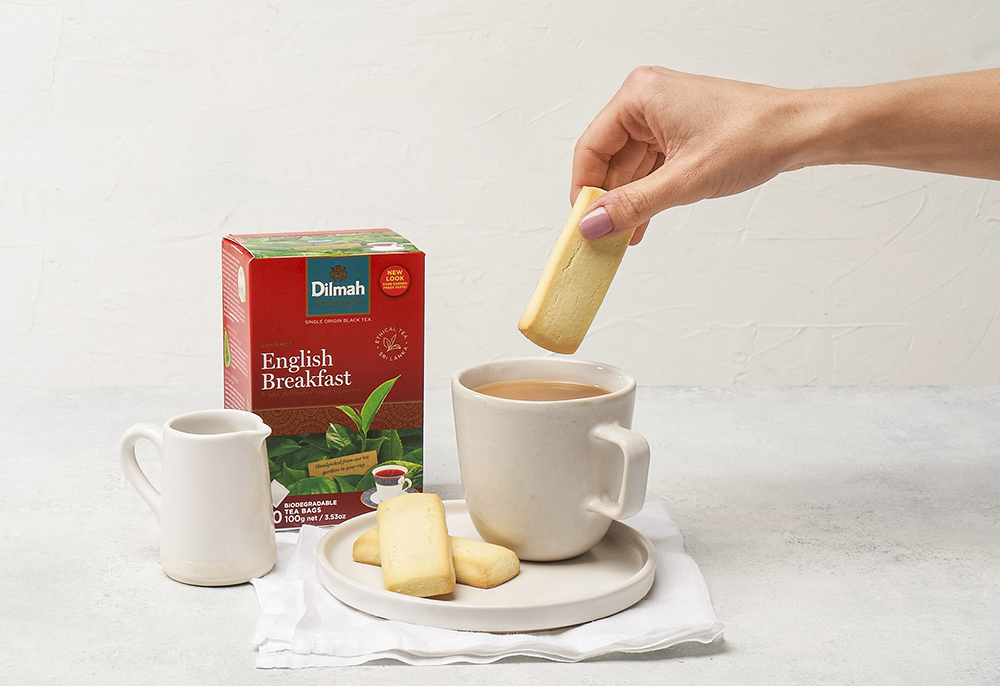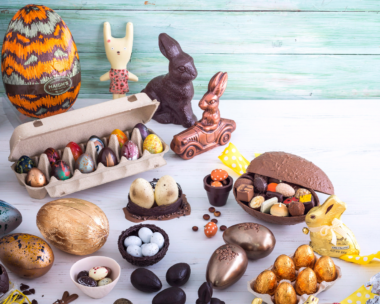The votes are in and the nation has spoken – New Zealand’s favourite dunking combination is a cup of Dilmah English Breakfast teamed with Griffins Butter Shortbread biscuits.
This medium-strength tea is known for its full-bodied brightness and, when brewed for three to five minutes, is Kiwis’ preferred choice for dunking, especially when paired with the simplicity of shortbread – a true understated indulgence!
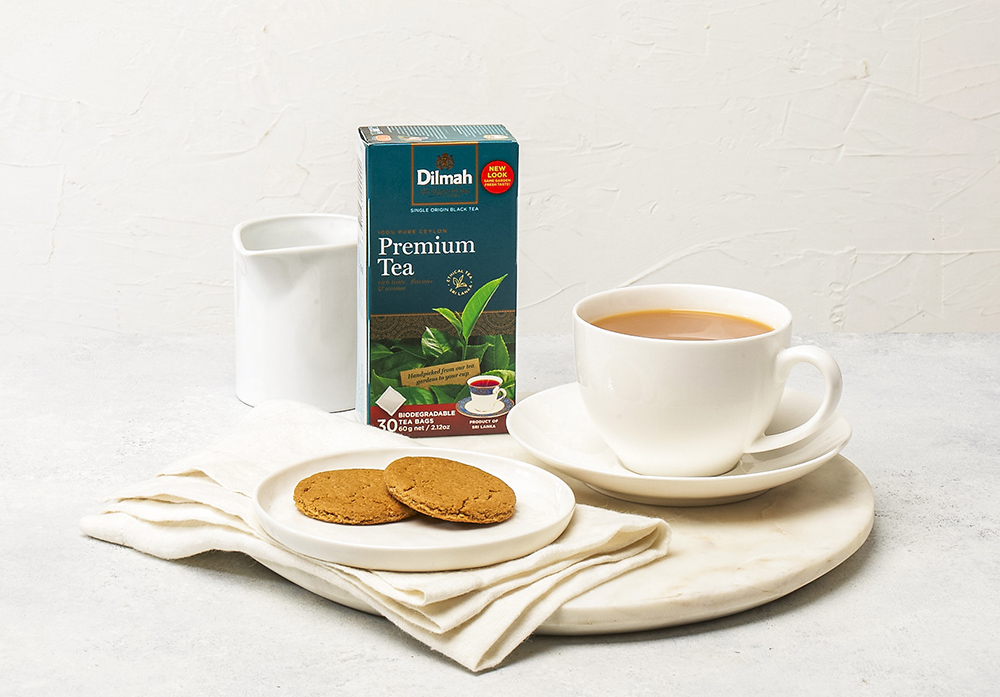
The runner-up: The Classic (Dilmah Premium Tea and Gingernuts)
It was a hard-fought battle, though, with the classic combo of Dilmah Premium tea teamed with Griffins Gingernuts leading the way until the last few minutes of voting.
Also prompting discussion and debate were more unexpected combinations with some claiming you can’t beat a Dilmah herbal tea blend with a chocolate biscuit dunk.
Without a doubt, Dunkin’ with Dilmah is one of life’s simple pleasures, regardless of whether you like traditional tastes or exciting experiments.
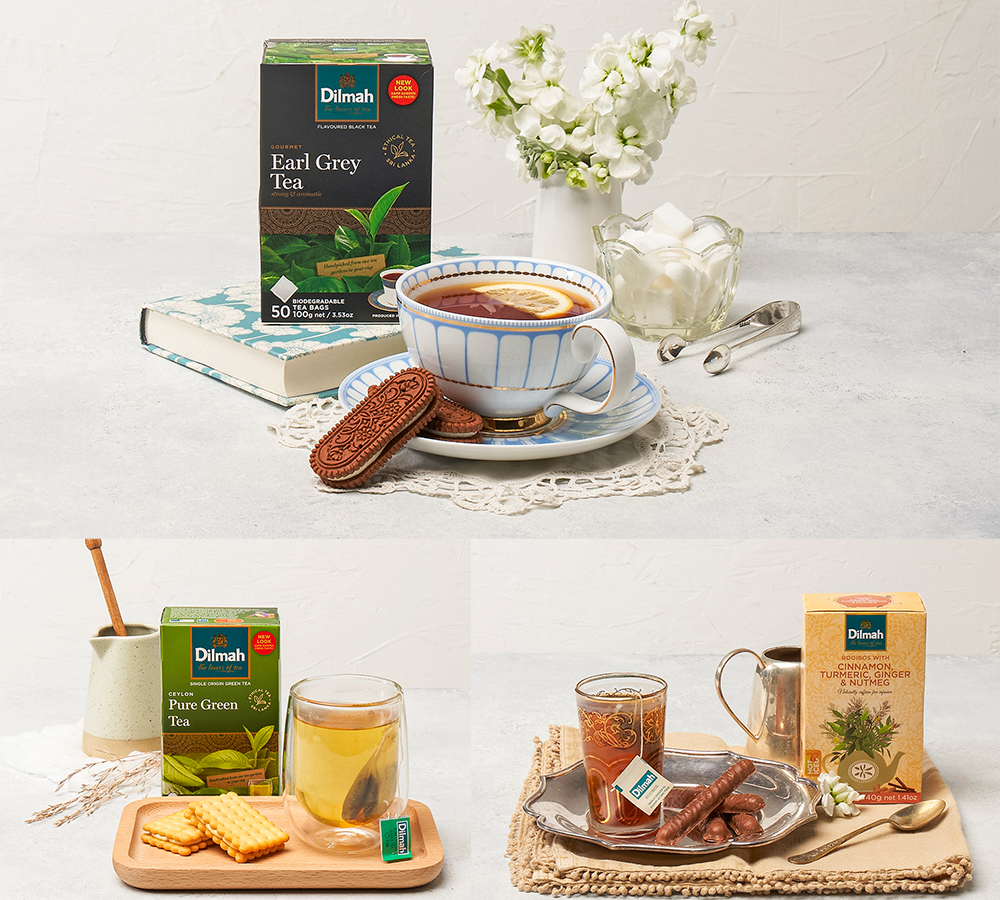
Others in the running: The Sophisticated (Dilmah Earl Grey and Cameo Cremes), The Zesty Pick-Me-Up (Dilmah Ceylon Pure Green and Lemon Treats), The Exotic (Dilmah Cinnamon, Turmeric, Ginger & Lemon and Chocolate Fingers)
THE DOWN-LOW ON DUNKING
Where did it come from?
The joy of dunking is universally appreciated. Although the biscuit may be the most familiar practice, it’s not unusual to see the dunking of buttered baguettes in France or sugary donuts in the US. However, to truly appreciate the tradition, we need to go way back in time.
Dunking owes its origins to the ancient Romans and was born out of necessity rather than enjoyment, when citizens submerged hard, unleavened wafers into wine in order to soften them. These wafers were called bis cotum, which over time became the word biscuit.
Fast-forward to the 16th century and dunking has a home in naval traditions, when sailors were given hard tack – a baked flour and water mixture – as part of their rations. The cracker was so hard, it was referred to as “tooth dullers” or “molar breakers”, requiring it to be dunked in beer or brine before eating.
Come the 17th century, the idea had evolved with sponge-like fingers dipped into wine or other alcohol at the end of a meal – an early trifle, if you like.
By the Victorian era, there were a number of treats on offer at formal group afternoon teas, however, dunking in public was discouraged, a practice reserved for the comfort of your own home. But Queen Victoria was reportedly a big fan of the dunk and, in fact, encouraged it.
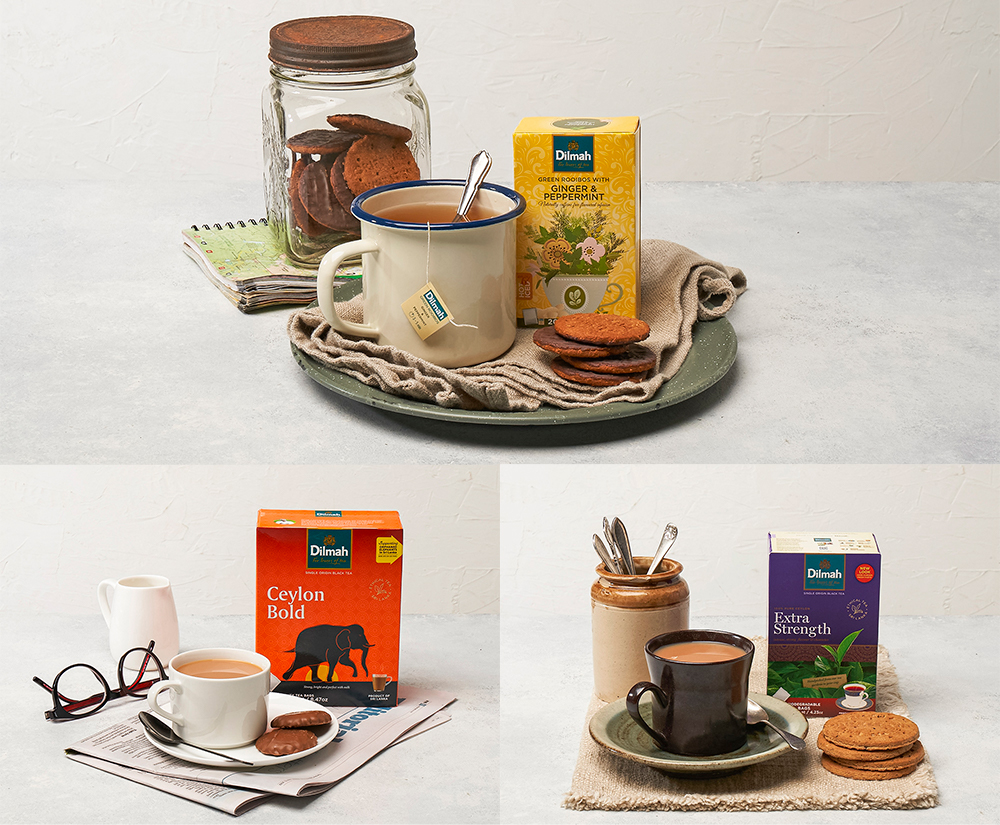
Others in the running: The Adventurous (Dilmah Ginger & Peppermint and Dark Chocolate Wheatens), The Committed (Dilmah Ceylon Bold and Toffee Pops), The Big Hitter (Dilmah Extra Strength and Fruit Digestives)
Why should we do it?
Dunking, dipping or sinking a biscuit into a beverage can enhance the flavour. The process allows the sugar to dissolve and the texture to soften, which can heighten the taste. Dunking a chocolate biscuit can allow the richness of the cocoa to become more pronounced.
Is there a correct technique?
This has been debated the world over, with expert opinion from both the scientific and culinary worlds. The ideal result is a moist rather than soggy biscuit, with premium dunking times ranging from three to eight seconds, depending on the biscuit.
It is also universally agreed that dunking on a 45-degree angle rather than straight down will help avoid those unwanted remnants at the bottom of the cup.
